Over the last few decades, renewable energy has grown in popularity and evolved technologically. While installing solar panels is the most famous example of sustainable energy for homes, there are other options on the market. Today, we’re seeing how the wind blows on residential wind turbines. Are home wind turbines worth the cost and effort? Let’s take a look.
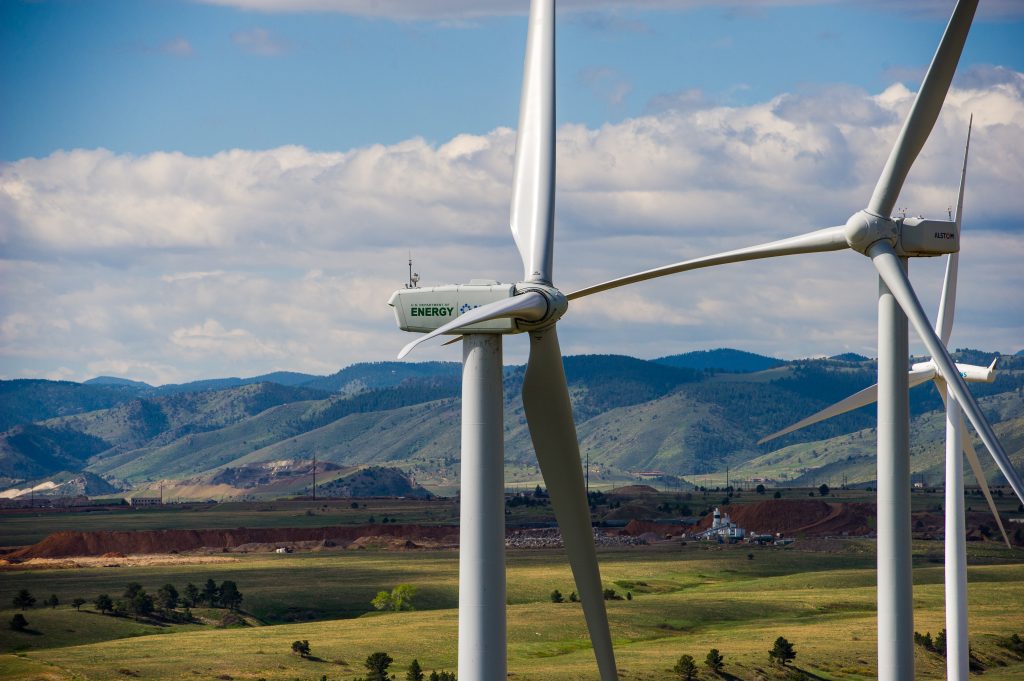
Table of Contents
Why consider a wind turbine for your new home?
The key reason anyone would consider installing a wind turbine on their property is because they want a renewable energy source for their home. It’s no secret that electrical energy costs have been rising and that everyone is feeling the pinch when it comes to the cost of living. From a financial perspective, the perfect outcome of installing wind turbines is you’ll have your own renewable energy production and will greatly reduce your ongoing electricity costs.

How do wind turbines for homes actually work?
The basic mechanics for a wind turbine is that the design uses the wind power to turn a generator which in turn will generate electricity. Wind turbines tend to have three main components: the generator, pole and blades. The shapes and sizes of these components will vary depending on the model of the turbine. The pole is either mounted from the ground or roof and the blade sits on top. You’ll require an average wind speed fast enough to keep the blade spinning, for you to generate enough electricity to make this a viable energy solution.
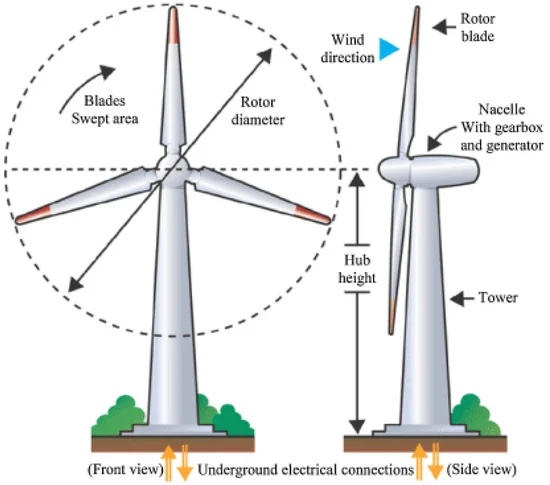
What are the different types of wind turbines you can have for a home?
Wind turbines are available in a wide range of shapes and sizes, but for the most part, what’s available in the following two categories. We’ve created these categories based on the basic mechanism regarding the axis of the turbine.
Horizontal axis turbines
When most people think of a wind turbine, this is the image that most likely comes to mind (think about the wind farms you’ve seen). Looking like an aeroplane propeller, these turbines usually have three blades and rotate on a horizontal axis. These models tend to have a higher wind-to-energy conversion, though a lot of this will depend on a variety of factors. For commercial purposes, these are by far the most common type of wind turbine, and they make up a large chunk of residential wind turbines as well.

Vertical axis turbines
Vertical axis turbines have blades attached to both the top and bottom of the vertical rotor. The gearbox and electrical generator are usually located near the base of the turbine. These systems are omnidirectional and are designed to better capture different prevailing winds without stressing out the support. The downside of these models is statistically, they tend to suffer from blade fatigue and a higher failure rate compared to horizontal axis turbines.

Freestanding and mounted turbines
The other key differentiating factor between types of wind turbines is whether the model is freestanding or mounted onto the home.
What are the benefits of wind turbines for homes?
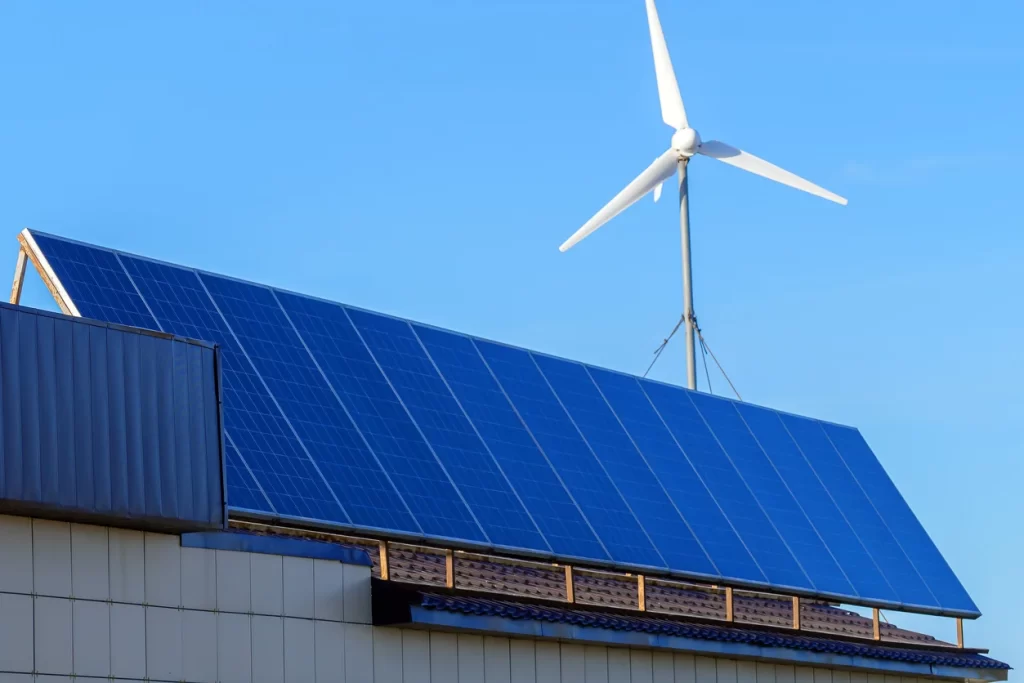
Eco-friendly source of energy
The environment and our impact on it are on everyone’s mind, many homeowners are looking for energy options that limit their overall emissions. Well-installed wind turbines work on an average of 30% capacity, which may not sound like a lot, but it’s twice as much as most solar panels.
Affordable energy costs.
After the initial installation costs, running costs are very minimal. Depending on your setup, you may be able to be completely self-sufficient and get completely free energy. It could make a serious dent in your living costs.
You can make a profit
If you manage to obtain an excess of energy, you may be able to sell it to grid-connected systems for a profit.
Works when the sun isn’t out
Unlike solar panels, a home wind turbine can still be a source of energy production even on cloudy days.
What are the disadvantages of wind turbines for homes?
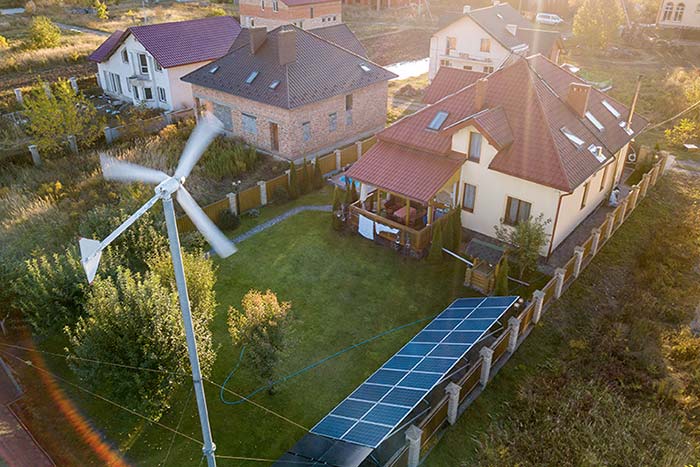
Not suitable for most homes
The major disadvantage of home wind turbines is that they require very specific conditions for them to be a worthwhile investment. Considering how much they cost (see next point), you want to get the most out of your home wind turbine. Unfortunately, due to both council restrictions and just the general surroundings, for many homes, a wind turbine won’t provide reliable electricity and will end up being an expensive ornament.
Expensive upfront costs
One big disadvantage of wind turbines is their high initial cost. Even small wind turbines are going to cost tens of thousands of dollars which is beyond a lot of budgets. Though it’ll cut down on your energy bills, it’ll be years before you break even.
Not as wildly available
Solar panel installers and vendors are pretty much everywhere these days, however the same can’t be said for wind turbines.
Local council regulations and covenants may not allow wind turbines.
Wind turbines aren’t as widespread as other energy sources, and therefore some councils may not allow them. If you’re building in an area with a covenant, you’ll need to double-check that your wind turbine won’t breach any of the rules and guidelines.
What steps are involved in assessing a site’s eligibility to have a wind turbine?
As the name suggests, for a wind turbine to be a viable option, your location needs to have enough wind. You’ll need to look into average annual wind speed and research whether any wind systems will work. Most turbines require moderate wind speeds of around 18km/hr to generate a decent amount of electricity. If you’re in an area that only catches the occasional breeze, this will lead to a lower power output and your turbine will spend a lot of time just sitting there.
How does the wind turbine installation process work?
Installing a wind turbine is a job that’s too big for most DIYers, so you’ll need to hire a professional. When it comes to the sort of time frame you can expect, it varies depending on the size of the turbine. Either way, you’ll need to consider the following factors.
- Space: You’ll need enough space both to install the turbine and to allow it to function properly
- Find the Right Spot: Placement really is everything with a wind turbine, so be sure of where you’re installing it.
- Choose the right turbine: There is a range of models available, so you need to consider your energy needs, the size of your turbine and the surrounding environment.
There are surprisingly few regulations concerning home wind turbines in Australia, most likely due to how few there are. However, you’ll need a licensed installer who will follow all regulations involving grid-connected systems and be compliant with all standards in the National Construction Code.
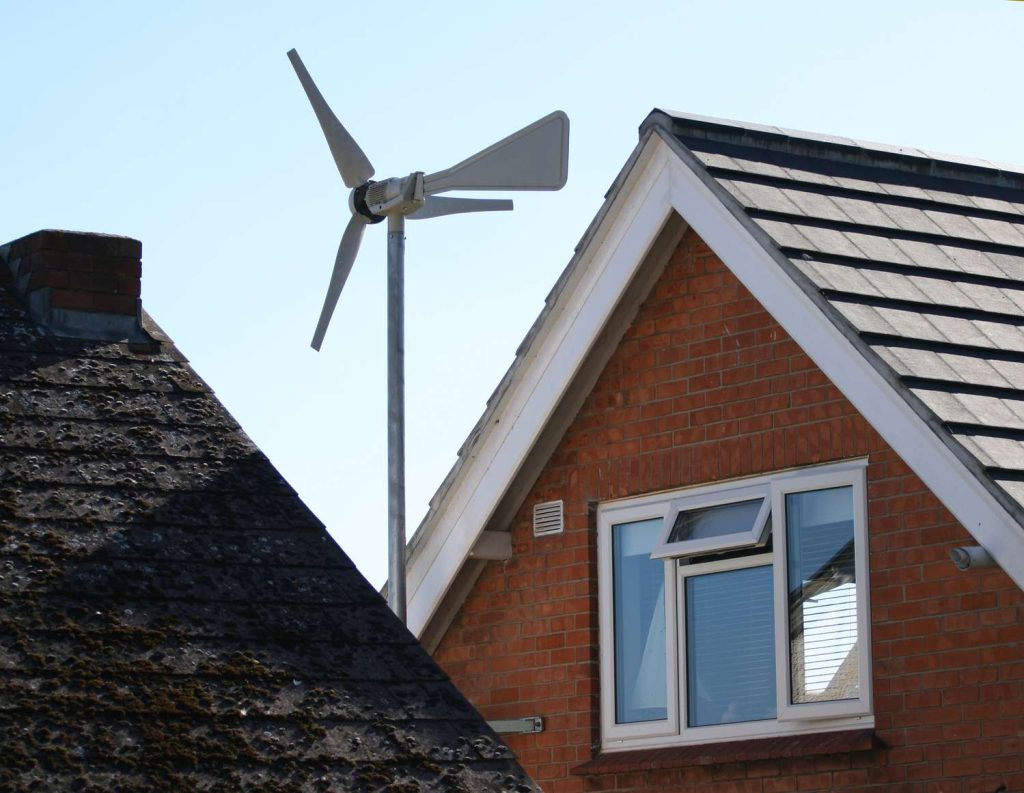
How much does a residential wind turbine cost?
There’s no getting around it; residential wind turbines aren’t cheap. You can expect to pay upwards of $20,000. This will vary depending on the turbine capacity, required site work, installation costs, tower height and tower type. A small wind turbine might be more affordable, but it will only cover some of your energy production.

Are wind turbines high maintenance?
For the most part, wind turbines don’t require a lot of maintenance. To ensure they’re running at their best and most energy efficiency, it’s recommended you have your serviced by a professional annually. This allows parts to be serviced and any issues to be caught sooner rather than later.
Do we recommend wind turbines for your new home?
Though we admire the goal of renewable energy and can see the potential for wind turbines in the future, for most homes this isn’t a viable option. For renewable energy, the odds are you’d be better off going with solar panels.
Our recommendation with wind turbines (and any home design choice) is to do your due diligence and research. Where you’re building is a crucial detail that will determine whether a wind turbine is a good choice for you.

Buildi is here to help you
Building a home is a big project, possibly the biggest project you’ll ever undertake. There are many smaller decisions you’ll need to make and they can become overwhelming fast. Get in touch with Buildi today for a free, impartial consultation. Find out how we can help you throughout your building journey.

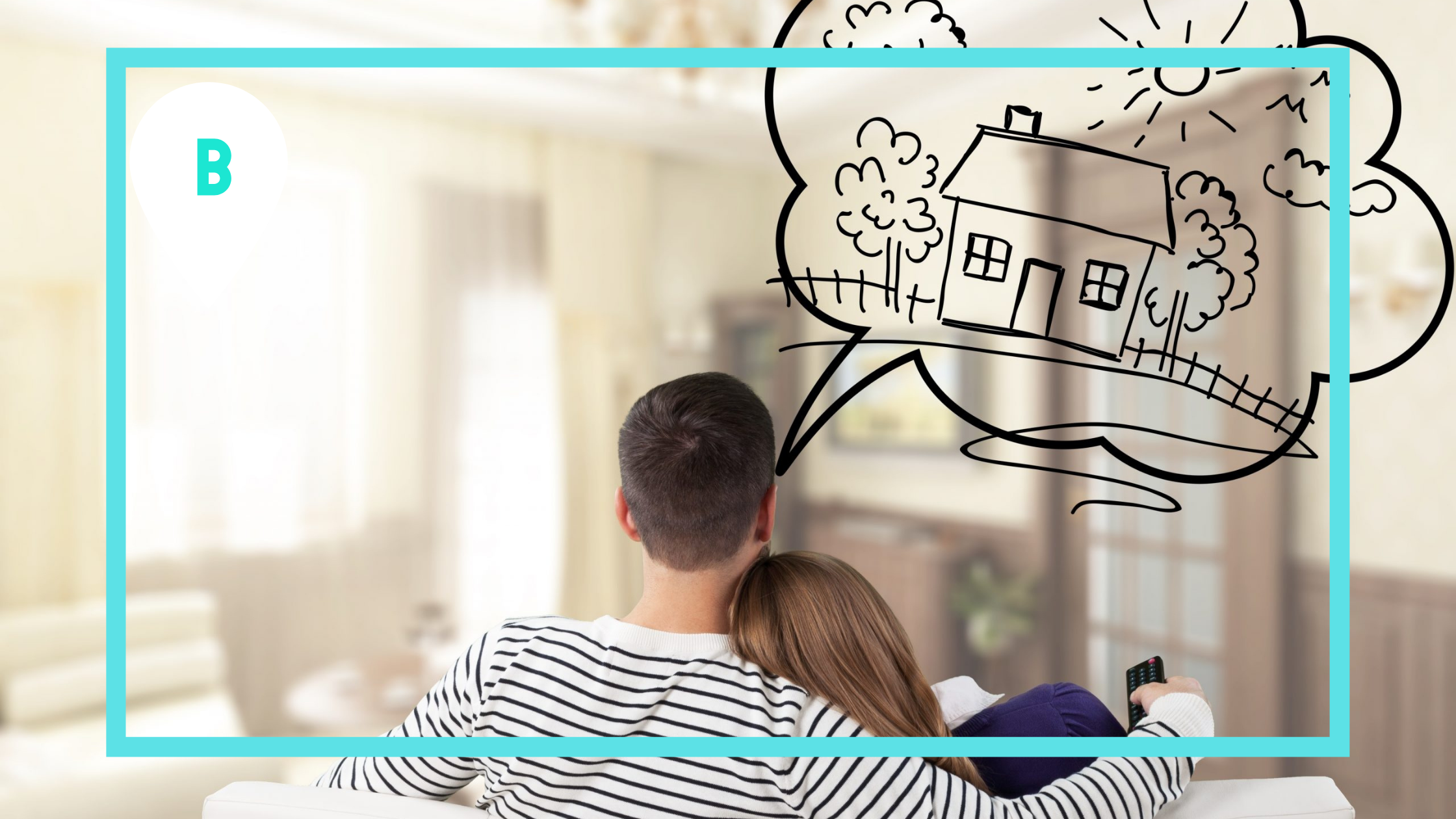
0 Comments